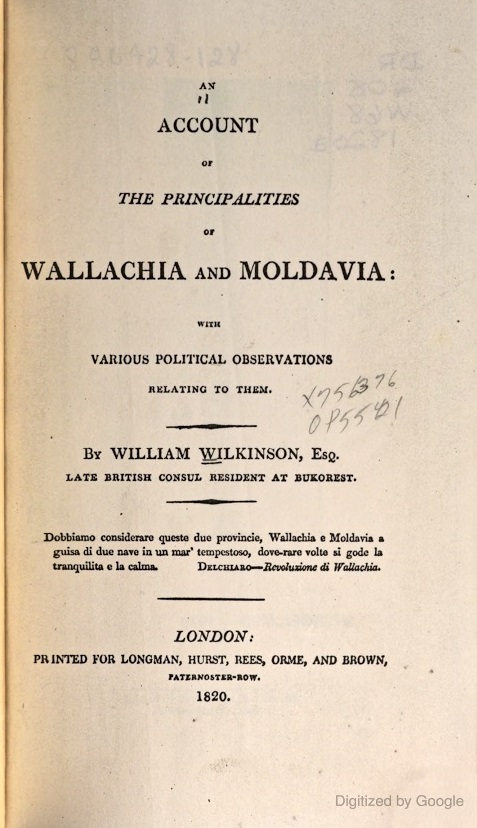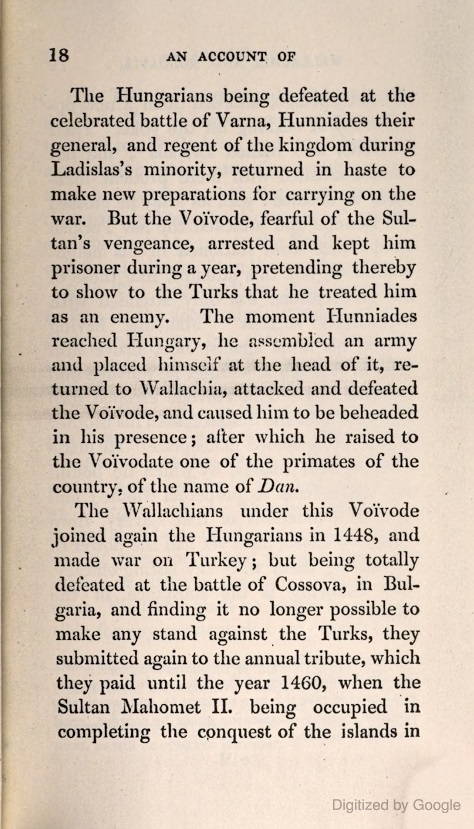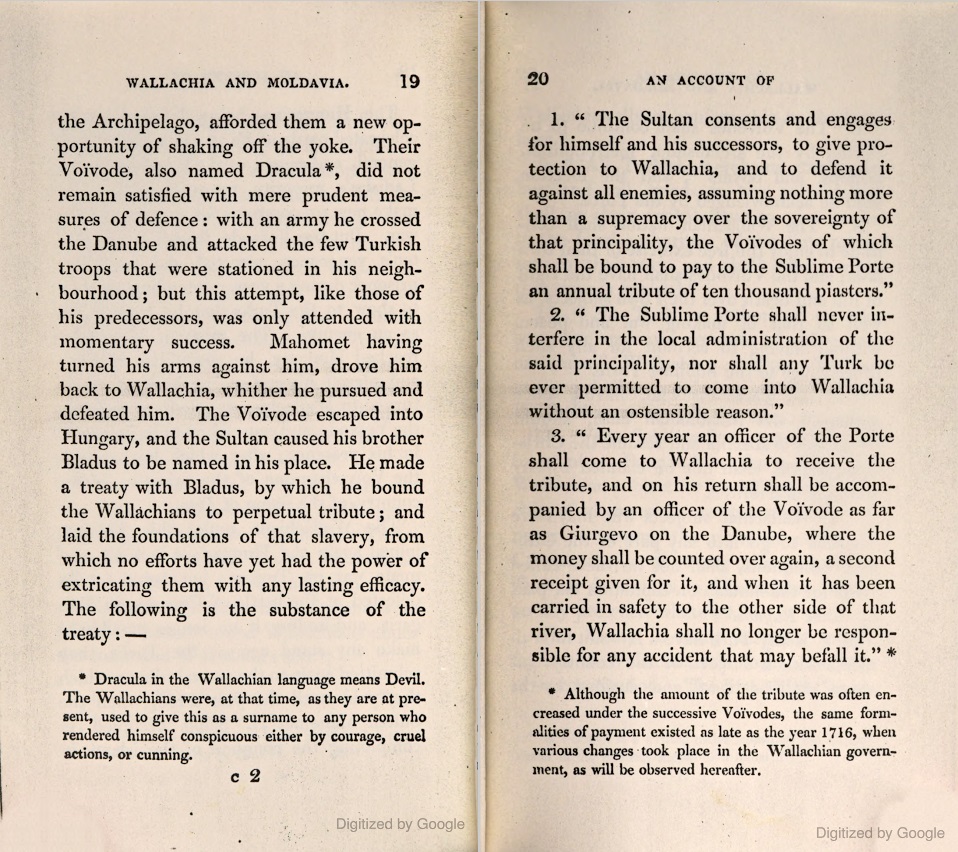Why “Dracula”?
Some notes on the origin of the title-character’s name in Stoker’s Dracula.
|
| —Available at Swanriverpress blog - online [accessed 04.10.2017]. |
See Robert Eighteen-Bisang, Elizabeth Miller, Bram Stoker’s Notes for Dracula [facsimile] (NC: McFarland 2008), the Introduction of which quotes Joseph Bierman’s account of the 9-page notes discovered by Radu Florescu and Raymond T. McNally in the Rosenbach Library & Museum (Philadelphia):
‘[...] handwritten and typewritten notes, dated and undated, about numerous subjects of central or tangential interest to a writer who was thinking of settings, charaters, and plot for a story of the supernatural; descriptions of topography, landscape and customs from the work of contemporary travellers in Danubian countries; notes on a theory of dreams; transcriptions of tombstoe inscriptions; accounts of conversations with old sailors and coastguardsmen; and note for the novel itself.’ (52.)
The authors further remark that Bierman determined that the earliest dated Note was composed on 8 March 1890, writing: ‘his [Bierman'’s] most important discovery was that Stoker probably found the name of “Dracula” in the public library in Whitby while on vacation with his wife, Florence, and their son, Noel, in the summer of 1890 - months after he began writing the novel.’ (p.4.) Note: The reference is to Stoker’s reading Wilkinson’s Account of Wallachia and Moldavia (1820) in that library.
Bibl.: J. S. Bierman, ‘Prolonged Illness and the Oral Triad’, in , in American Image, 29 (1972), pp.186-98; ‘The Genesis and Dating of Dracula from Bram Stoker’s Working Notes’, in Notes & Queries, 222 (1977), pp.39-41;‘A Crucial Stage in the Writing of Dracula’, in Hughes & Smith, ed., Bram Stoker [... &c.] Basingstoke: Macmillan 1998, pp.151-72. (Eighteen-Bisang & Miller, op. cit., 2008, p.4. [accessible online; accessed 04.10.2017.]
|
The source of Count Dracula’s name |
 
|
 |
William Wilkinson, An Account of the Principalities of Wallachia and Moldavia; with Various Political Observations Relating to Them (1820) - in whose pages Stoker met the name of Dracula when he read the book in the Public Library at Whitby while visiting on holidays in August 1820.
|
| |
Google Books offers this introduction: ‘This book is of major importance for those who think Bram Stoker used Vlad Dracula as the inspiration for his novel, Dracula. In this book, is the only information Stoker had on the illustrious Voivoide. If that is not enough for the Dracula"enthusiast, the Rosenbach Museum in Philidelphia houses the actual Notes Stoker used for his novel, quoting the definition ‘ver batum’ [sic Stoker?]. You will find very little in this book about Vlad ... because Wilikinson did not know the first name of Vlad, and Stoker did not know it either. Of the 4 [four] things stated about Dracula in this book, only 2 [two] are accurate.The fact Dracula fought the Turks and that he had a brother named Radu ... or Bladus as Willinson errors. Dracula was NOT a Count of Transylvania. He was a Prince of Wallachia. Saying Dracula was a Count is demoting his Prince status from ruler of a entire country, to a landowner of a small County. Dracula’s name was not meant as evil, but of honor due to his father’s induction into the order of the Draconis ... or Dragon.’
|
| Available at Google Books - online; accessed 04.10.2017. |
| See also the account given at Classic Hollywood Stars [Facebook]: |
Contrary to popular belief, Bram Stoker did not base his most famous character, Count Dracula, on Prince Vlad II of Romania (at the time called Wallachia). Most of his novel was completed and his vampire protagonist was to be named Wampyr [when,] during his research, he came across William Wilkinson’s book “An Account sof the Principalities of Wallachia and Moldavia”. In this book were brief passages about “Voivode Dracula” (never referred to as Vlad), who crossed the Danube to fight the Turks and helped to drive them out of Wallachia, but wa betraed to them by his brother. What intrigued Stoker was a footnote that in Romanian, Dracula meant Devil (although it actually means “of the Dragon”, in reference to Vlad’s father’s membership of the Order of the Dragon). Liking the name for that reason, Stoker changed the named of his vampire from Vampyr to Dracula.
Another stor is that the Dracula character is actually based on the actor Henry Irving, for whom Stoker served as personal manager and with whom he did not get along. This story is given some credence by the fact that the Dracula character in the play, which Stoker did not write, is quite different from the Dracula character in the book, which Stoker did write, and most film versions of the story are based on the play, not on the book.
[...]
|
—Quoted by Rob Mullally in Facebook and attached band attached by link in Facebook (11.07.2025.)
|
|
|
|